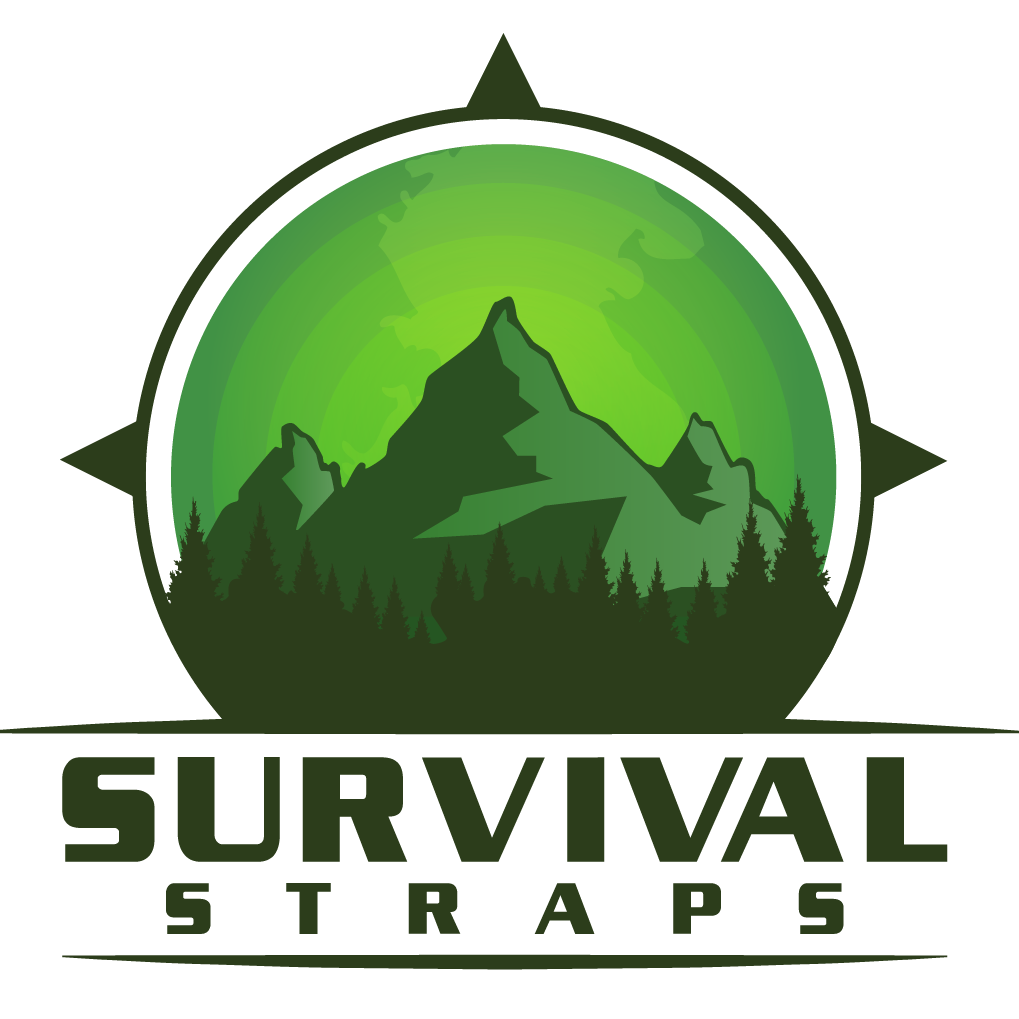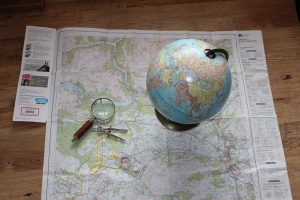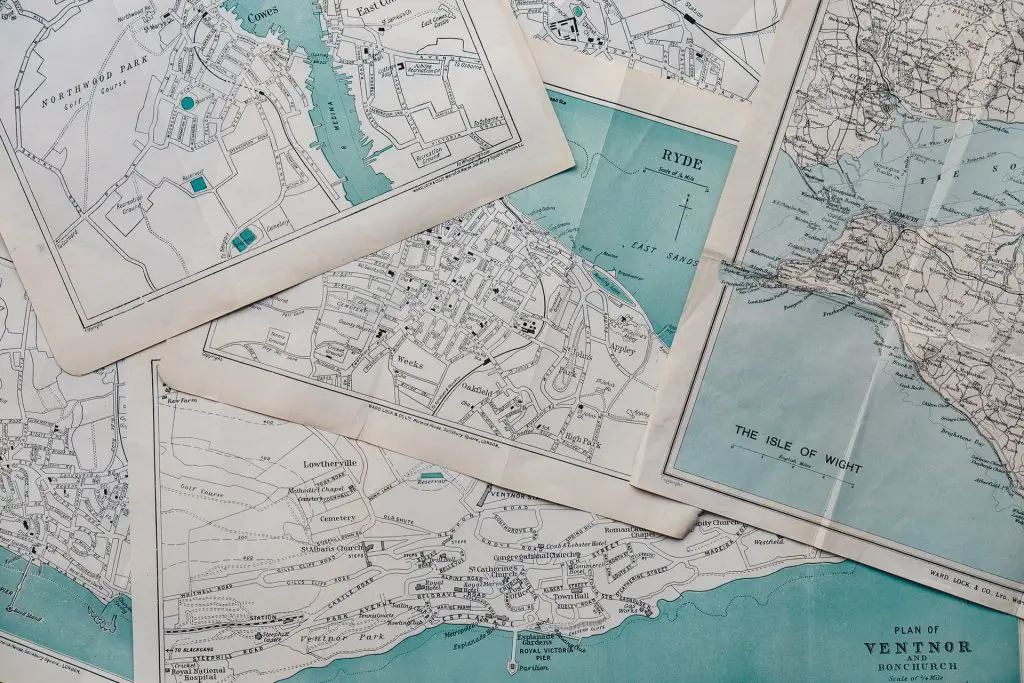Before technology took over, Maps used to be one of the greatest survival tools. They are undoubtedly effective in finding locations and distances. However, the introduction of Compass and GPS on devices made it seem like they are outdated. In survival situations, maps are still much useful, especially if you know how to interpret them.
This article on how to read a map properly: an important guide every survivalist needs is descriptive and informative. As you learn the basics, you become a step ahead of others who only depend on technology. Find out what you need to know below, and get started on using maps.
How to Choose a Map?
While you are about to understand how to read a map, you should first know how to choose one. It is no news that different types of maps exist, depending on the area or place in question.
1. Topographic Maps
Topographic Maps stand as the most detailed and commonly encountered maps. They serve as informative guides, highlighting numerous features for enhanced readability. These maps prominently display roads, terrain points, distances, and vegetation, among others. Their straightforward design makes them an ideal companion for survivalists. If hiking, camping, mountaineering, or backpacking are in your plans, ensure to carry a Topographic Map. Its usefulness in such adventures is undeniable.
2. Nautical Maps
Like Topographic Maps, Nautical Maps are suitable for viewing natural resources, especially water bodies. They are mostly used during emergencies. The features describe docking areas, hazards, tributaries, currents, water depths, etc., in such areas.
3. Road Maps
Road maps are quite effective if you need info on road details about a new place or location. Although some cars now have inbuilt road maps to make things easier; however, if yours doesn’t, going old-school wouldn’t be a bad idea. Road maps show different routes and give you a chance to pull over and ask for directions from other people who are familiar with the place.
4. Tourist Maps
A tourist map is also another type to be considered. For tourists visiting a new place on vacation, a quick tour and distance from the accommodation are important. Furthermore, if such a tourist ever gets lost in the area, the map would help find the way back.
Want to learn more about Maps? CLICK HERE
What Are the Features on a Map?
No one else will direct you, except yourself, which is why you need to know how to read a map when you see one. Something peculiar to all types of maps is the features – they describe what you will find in an area.
North Arrow
Everyone knows the four cardinal points – North, West, East, and South. On Maps, these points are represented – however, with the North Arrow. Cartographers ensure an arrow-shaped icon with “N” for easy readability when they design maps. Hence, it would be easy to describe what part of the map or area is North, and then the other points.
Grid References
The next observable feature on a map is the grid references. Usually, a map is divided into two lines – Vertical and Horizontal Grid Lines. These are lines that describe both Longitude and Latitude. As they run from North to South and West to East, respectively, they also make it easy to scan distances.
Legend
For some, Legend is used; for others, it is “Key.” A Legend is a feature that describes every detail on a map. It gives a good representation via symbols. It is mostly on the right side of a map, marked by a segmented box with “Legend” or “Key” at the top. For instance, a d
Scale
A map without a scale is pointless. It is a feature that helps you determine the distance at ground level aided by that of the map. For instance, a typical map designed for the wilderness has a scale of 1:50,000 means 1 unit on the map is 50 meters on the ground level. Overall, the Scale is what makes a map interpretable and meaningful.
How to Find Your Location on a Map?
Now that you know what a map comprises, the next step is learning how to find your location. Whether you are about to start your journey or lost, you must find your location first before making the next move.
Check out
| Where is David Earl Burgert: Reknown Survivalist Militia Leader |
| What is a 550 Paracord? |
| Rothco Concealed Carry Soft Shell Jacket Review |
1. Identify Landmarks
First of all, you should look at your map and find the various landmarks exhibited on it. Even if you are not conversant with the area, there are unique landmarks that easily describe where you are. For example, you should look out for hills or towers or any other structure around your location, and also on the map.
2. Use a Compass
Once you have found what looks like your position, use a compass to find directions to your destination. You will know whether you are headed North, West, East, or South with a compass. As you get the bearing between location and destination, ensure that the compass is steady not to give you the wrong directions.
3. Calculate Distance
Finally, return to your map and calculate the distance between your present location and destination. With the Scale, you can easily get an estimated distance. If you have a Pencil, it would be useful to mark the two points and the map’s distance.
Learn more about survival tips, tricks, and more HERE.
Other Important Things You Should Know About Map Reading
In the process of setting out for a journey with a map, there are a few things you should pay attention to with this survival tool.
- Make sure the map has nothing less than 5 colors for showing landmarks.
- Always fold your map and store it properly.
- For outdoor activities, a waterproof map is highly recommended.
Conclusion
As you read on how to read a map properly: an important guide every survivalist needs, your understanding of how maps work is improved. You get a better perspective on why it is vital to hold one when going on a trip. Get the best maps to use, and set out for a journey with more knowledge of your destination.
Where will you be going now you can read the map? Tell us down below.



